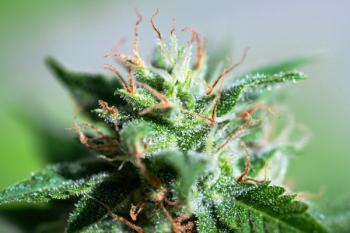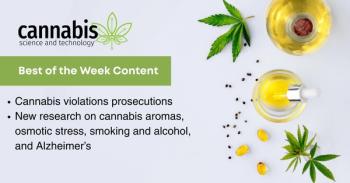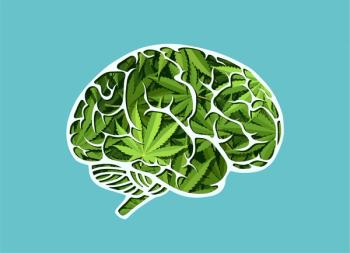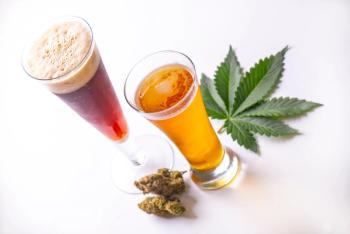
Proof-of-Concept Study Tests Presence of Cannabinoids on Breath After Edible Ingestion
Key Takeaways
- NIST researchers detected cannabinoids in breath after cannabis edible consumption, a first in THC impairment testing.
- The study involved 29 participants and showed varying THC concentrations in breath post-ingestion.
The researchers measured the amount of THC and other cannabinoids on participants’ breaths, with results demonstrating an increase in THC concentration from baseline samples.
Researchers at the National Institute of Standards and Technology (NIST)
The study, which was part of a larger investigation on driving impairment, involved 29 participants who ingested a cannabis edible of their choice on site. The participants were assigned to one of two breath sampling devices to be tested before use and at three timepoints after ingestion over a total duration of three hours. THC was found in most of the samples taken before ingestion and concentrations of THC varied after ingestion.
“Our partners at Anschutz conducted a variety of assessments to probe impairment after participants ingested their cannabis gummies, including observing participants’ driving abilities with a driving simulator,” explained Berry. “The breath samples were a bonus that allowed us to gather first-ever data to explore whether THC increases in breath after edible ingestion. Looking forward, we can now tackle the question of when THC increases after edible ingestion, when it goes back to baseline, and how to analyze breathalyzer data to get the information needed.”
Other highlighted results include noted in the study include:
- After edible ingestion, 19 participants showed a significant increase in THC concentration at any time point, four showed no change, and six showed a significant decrease in THC concentration
- Other cannabinoids were also detected, but the variability between CBD and THC trends suggested differences in biological processing
Limitations to the study included a small sample size, a lack of confirmed abstinence from cannabis before testing, and a limited timeframe for testing. The researchers also did not try to measure THC concentration in breath against THC dose, which could be significant for future studies, the researchers stated.
Ultimately, the results showed that changes in concentrations of THC can be measured after edible ingestion, though researchers suggested further studies should focus on a longer time frame for measurements. “This study supports the idea that multiple breath measurements over a period of time could be a way to use a breathalyzer to detect cannabis use, regardless of how it’s ingested,” explained Tara Lovestead, a NIST chemical engineer. “However, devices will still need standards to ensure that they are accurate and used correctly, standards that don’t yet exist.” Lovestead also added that NIST is aiming to ensure accurate testing backed by scientifically sounds standards for detecting cannabis in breath samples.
References
- Berry, JL.; Brooks-Russell, A.; Lovestead, TM.; Jeerage, KM. The detection of cannabinoids in breath after ingestion of cannabis-infused edibles, Journal of Analytical Toxicology, 2025. DOI:
https://doi.org/10.1093/jat/bkaf063 . - National Institute of Standards and Technology. NIST Makes First Detection of Cannabis in Breath From Edibles
https://www.nist.gov/news-events/news/2025/07/nist-makes-first-detection-cannabis-breath-edibles (accessed Aug 21, 2025).
Newsletter
Unlock the latest breakthroughs in cannabis science—subscribe now to get expert insights, research, and industry updates delivered to your inbox.





